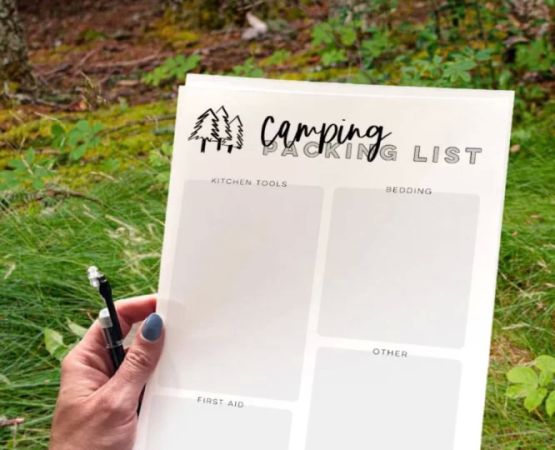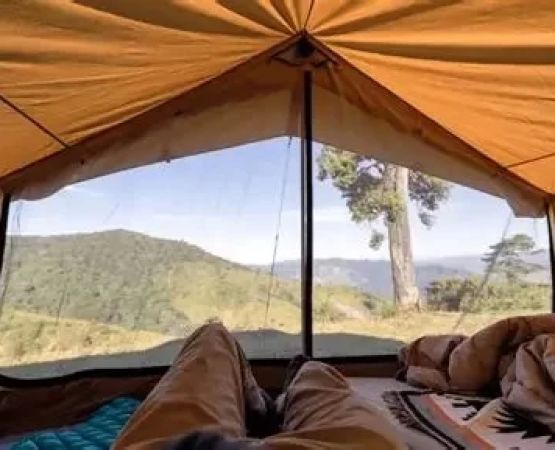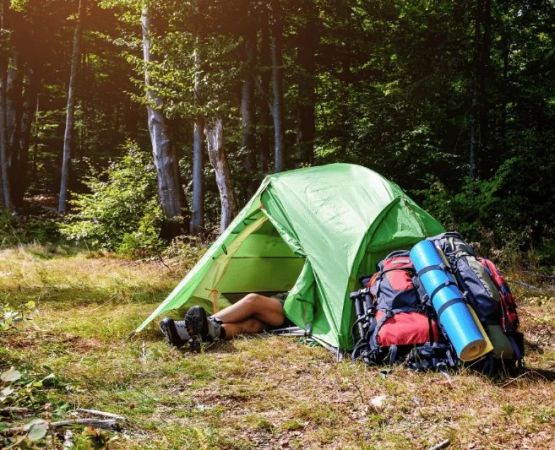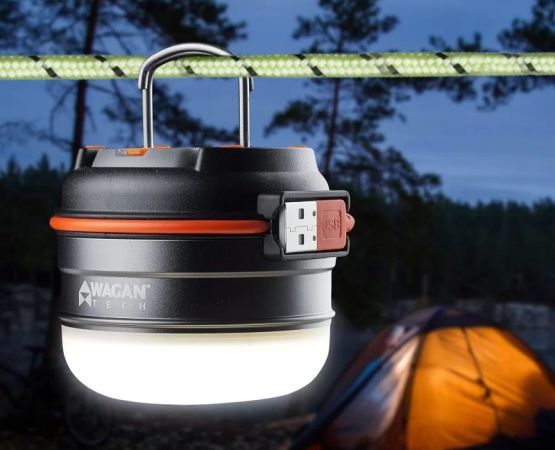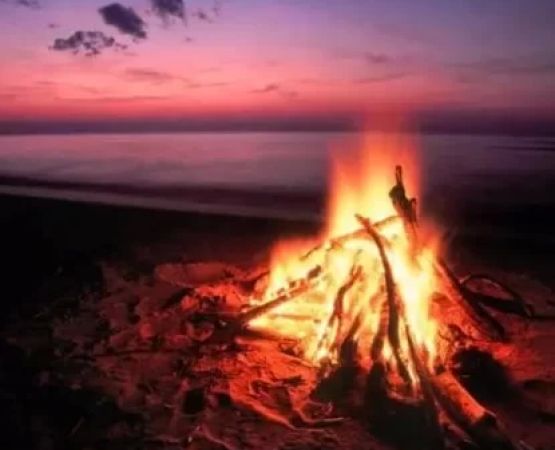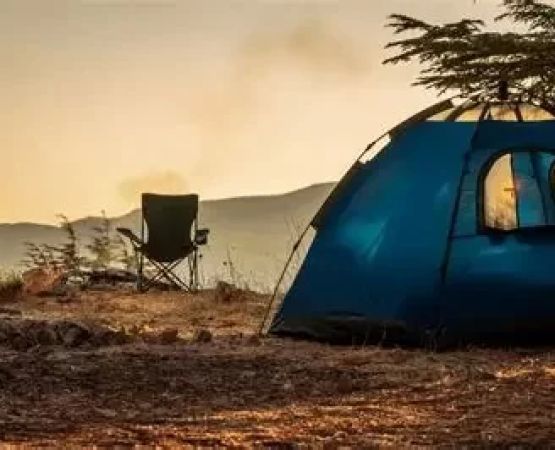Must-Have Camping Gear for Backpacking
Backpacking trips offer the perfect blend of adventure and nature. Whether you're hiking through dense forests or summiting mountains, proper gear is essential for an enjoyable and safe experience. Over the years, I’ve learned that a successful backpacking trip hinges on what’s in your pack. Not all camping gear is created equal, so understanding which items you absolutely cannot leave behind is crucial. Below are the must-have camping gear items for anyone heading out on a backpacking trip.
1. Lightweight Backpack
When it comes to backpacking, your backpack is your lifeline. It’s essential that your pack is both functional and comfortable. I’ve found that a lightweight, durable backpack made from water-resistant material is key. Look for features like adjustable straps, multiple compartments, and hydration system compatibility. The last thing you want is a heavy, uncomfortable pack that causes strain on your body over long distances.
2. Sleeping Bag and Sleeping Pad
After a long day of hiking, the quality of your rest can make or break your trip. A high-quality sleeping bag suitable for the season and a comfortable sleeping pad are essentials. I recommend investing in a sleeping bag with a temperature rating appropriate for the conditions you'll face. Sleeping pads, on the other hand, provide insulation and comfort. When it comes to these items, comfort and warmth should never be compromised.
3. Shelter: Tent and Tarps
While some opt for hammocks, a lightweight, compact tent is the most practical choice for many backpackers. A tent should be sturdy, weather-resistant, and compact enough to fit into your pack. I’ve also learned the importance of having a rain tarp as an added layer of protection. Sometimes weather conditions can change suddenly, so having an extra layer to shield yourself from rain or wind is incredibly helpful.
4. Cooking System: Stove and Fuel
Eating well on the trail is a key component of enjoying your trip, and having a reliable cooking system is essential. A lightweight stove, along with compact fuel canisters, ensures you can cook your meals quickly. I recommend a multi-fuel stove that can work in different environments. Additionally, a pot or pan, utensils, and a food storage system should all be considered for ease of cooking and cleanliness.
5. Water Treatment System
One of the most overlooked aspects of backpacking is hydration. Carrying enough water is important, but so is the ability to purify water from streams or lakes. I’ve found that a water filter or purification tablets are invaluable in the backcountry. They’re lightweight, easy to use, and can help you access fresh drinking water whenever you need it. A hydration bladder or water bottles should always be part of your gear setup.
6. First Aid Kit and Emergency Supplies
Accidents can happen no matter how experienced you are. Having a well-stocked first aid kit that includes bandages, antiseptic, blister pads, and medications is crucial. Beyond that, an emergency whistle, fire starter, and multitool can help you handle a wide range of situations. I’ve personally found that a small, portable emergency shelter (like a bivvy sack) is a smart addition to my pack just in case.
7. Navigation Tools
Being able to navigate the wilderness safely is a skill that comes with experience. However, having the right tools can make a big difference. I always carry a map, compass, and, if necessary, a GPS device. Modern GPS systems are incredibly accurate and can help you stay on track. I’ve also learned to take a backup battery for any electronic devices, especially during longer treks.
8. Clothing: Weather-Appropriate Apparel
The right clothing can make or break your trip, especially when you're backpacking through unpredictable conditions. Layers are key, and I always opt for moisture-wicking base layers, insulating layers, and weather-resistant outer layers. For footwear, lightweight, waterproof hiking boots are essential. Remember to pack extra socks, gloves, and a hat, as the weather can change rapidly in the wilderness.
9. Personal Hygiene and Toilet Kit
While it might not be the most glamorous aspect of backpacking, personal hygiene is still important. A small, lightweight hygiene kit with biodegradable soap, toothpaste, and toilet paper will make your time in the wild more comfortable. In addition, a trowel or WAG bag is necessary for proper waste disposal in remote areas, helping to keep the environment clean.
10. Food and Snacks
When it comes to food, lightweight, calorie-dense meals are the way to go. I always make sure to pack freeze-dried meals, energy bars, nuts, and dried fruits. They are easy to prepare, lightweight, and provide much-needed energy on long hikes. For snacks, trail mix and jerky are my go-to options. You’ll need a good balance of protein, carbs, and fats to sustain you over the course of your trip.
Conclusion: Choosing the Right Gear for Your Backpacking Adventure
Backpacking offers an unparalleled opportunity to connect with nature and challenge yourself physically. The right gear makes all the difference in ensuring that your experience is both enjoyable and safe. As you prepare for your next adventure, remember that investing in high-quality, lightweight gear is the key to comfort and performance. Whether you’re an experienced backpacker or a beginner, starting with these essentials will set you up for success. Planning, packing, and preparing for your journey will lead to a memorable and rewarding experience in the great outdoors.

